Following The Film Stage’s collective top 50 films of 2022, as part of our year-end coverage, our contributors are sharing their personal top 10 lists.
Just hours prior a friend asked what’s on my best-of-2022 list. (This sounds made-up; I promise it actually happened.) I could run it down with exacting detail, each entry signaling a postmark––personal, temporal, geographic, formal––in the year before one escaped me. Absolutely, entirely gone, as if never seen. Consulting my Notes app let all attendant thoughts and feelings rush back––where and when watched, fulfilled or complicated desires, fruitful conversations (including with its director) and strong recommendations all the time since.
It is a great film. Have I thought about it more than Tár (stylized as TÁR), which but minutes prior I’d asked if my companion saw? Clearly not. Tár (stylized as TÁR) also doesn’t appear here. Much as I liked Todd Field’s movie (a good amount) and to the extents I’ve considered it in months past (again), the calculus of year-end summations hardly run on precise math: fragments and flotsam of films herein had spent months resonating differently––more deeply, more (no matter the extent I’ll try expounding enthusiasms below) mysteriously.
But I haven’t done these in a while. 2020 was that once-in-a-lifetime totalizing event that, paradoxically, would only mean something different to everybody––for me it meant stranding the current cinema (such as it was), and I enjoyed the ensuing on-a-whim experiment more than any annual countdown I’ve done by leagues, bounds. When 2021 resumed festival and screener habits I still struggled rejuvenating the muscle memory for watching, internalizing, frankly caring, my yearly favorites list disappointingly kin with what so many trusted friends cataloged. If I won’t propose how cinema is or isn’t resonating with people today, it seems relevant––passion ruling the arrow that flies––I found 2022 topped by two pieces of television / “streaming” work and three unreleased features: the former a case of great minds taking opportunities where they exist, the latter some persistent issue of distributor attentions and priorities pointing in directions that are, if not outright errant, deeply ensconced in concern for appealing to audiences I suspect are being coddled.
Typical caveat that this is incomplete, mismanaged, disingenuous. I watched 19 minutes of Fabian: Going to the Dogs, a patently tremendous thing I’d done massive disservice by getting to on December 19 for the express purpose of deciding whether it’d be seventh-place or #4 on a list whose import means nothing against an artist’s expulsion. It was after putting this together that I realized I could’ve seen Shin Ultraman, which has potential to blow up placement like few things. I’ve remembered specific choices in Stars at Noon more than nearly anything in Both Sides of the Blade without sincerely claiming it’s the better work. As the primary monologue in Sharp Stick is my favorite bit of acting this year, so too it’s perhaps the second-funniest movie I saw. Just as its estimation has nowhere to go but up, The Fabelmans (what a double bill) only seems stranger by the hour; in a few years’ time I’ll perhaps regret slotting it at the kids’ table equivalent that is an honorable mention. And on, and on, and on.
Honorable Mentions: The Fabelmans, Kimi, Sharp Stick, Stars at Noon
10. Benediction (Terence Davies)
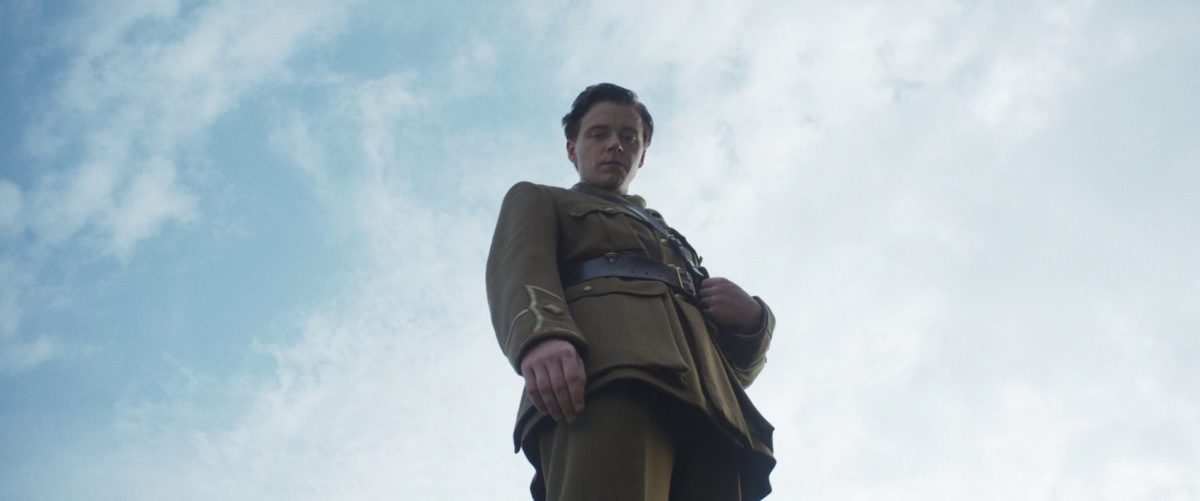
Less for its brilliant vision of trauma and recovery––how, à la Desplechin’s perpetually undervalued Jimmy P., they’re dramatized as distinct blocks of experience strung across one barely linear path––than overcoming the inalienable fact that poetry has never sounded good out-loud.
9. Crimes of the Future (David Cronenberg)

Supported by some dozen financial entities and blocks of co-producers but looks very cheap. Largely linear plot that remains vaguely inscrutable. Super-precise lens choices and anemic palette on every off-center close-up. Gross, sensitive; tactile, phony; antiseptic, erection-inducing. What can I say? The old man’s still got it.
8. Both Sides of the Blade / Deception (Claire Denis / Arnaud Desplechin)
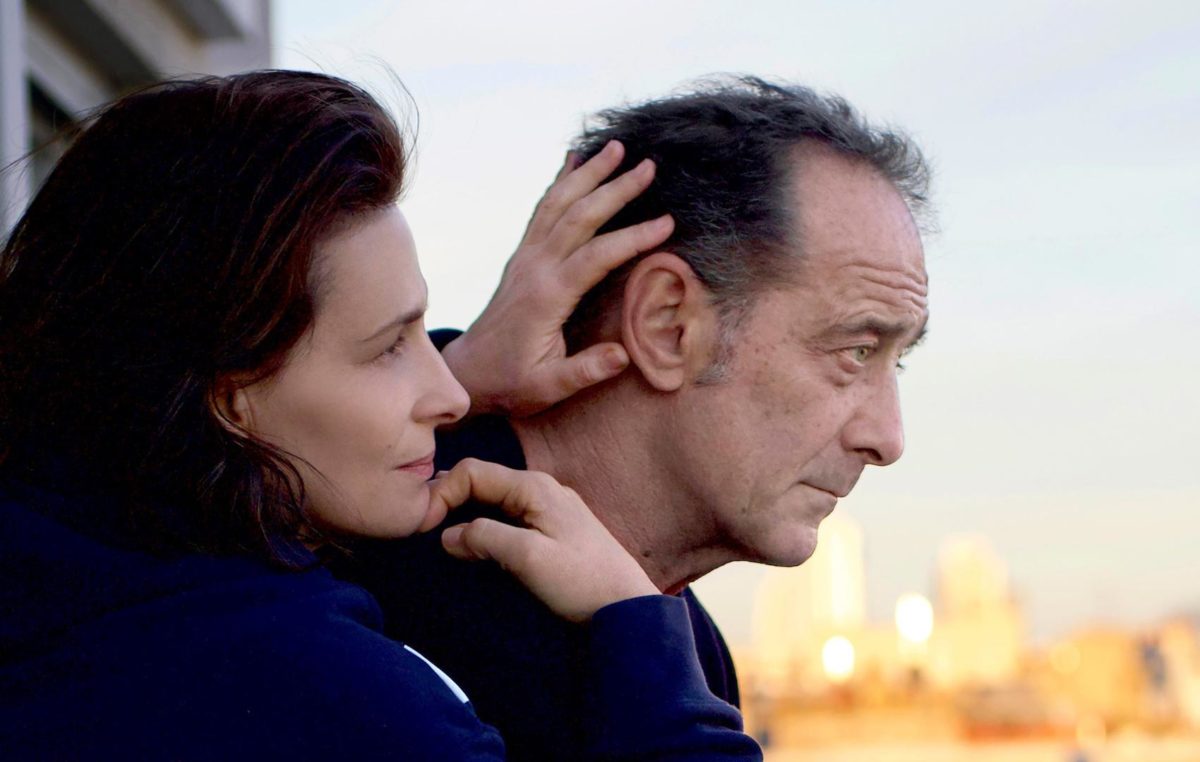
French filmmakers will never stop thinking about how sex and desire ruin our lives; these are notable gestures from two of the best in what could safely be called their latter days. Miraculous when a one-second-too-long pause following a stray comment marks Juliette Binoche and Vincent Lindon’s point of no return; just as much that a less-compelling subplot about his son can be justified wholesale with a perfectly orchestrated shot-reverse. (“Minor work”? If you insist.) Then the best Philip Roth adaptation we’ll ever have: recognizing the most metatextual American writer of his lifetime can only be taken one step further if he must be transposed from page to screen, that his female characters are in fact so complex you’d need Léa Seydoux delivering dialogue no American actress of her note would recite for $1 billion, that an author’s fantasy should only be conveyed with fantasticism.
7. Friends and Strangers (James Vaughn)
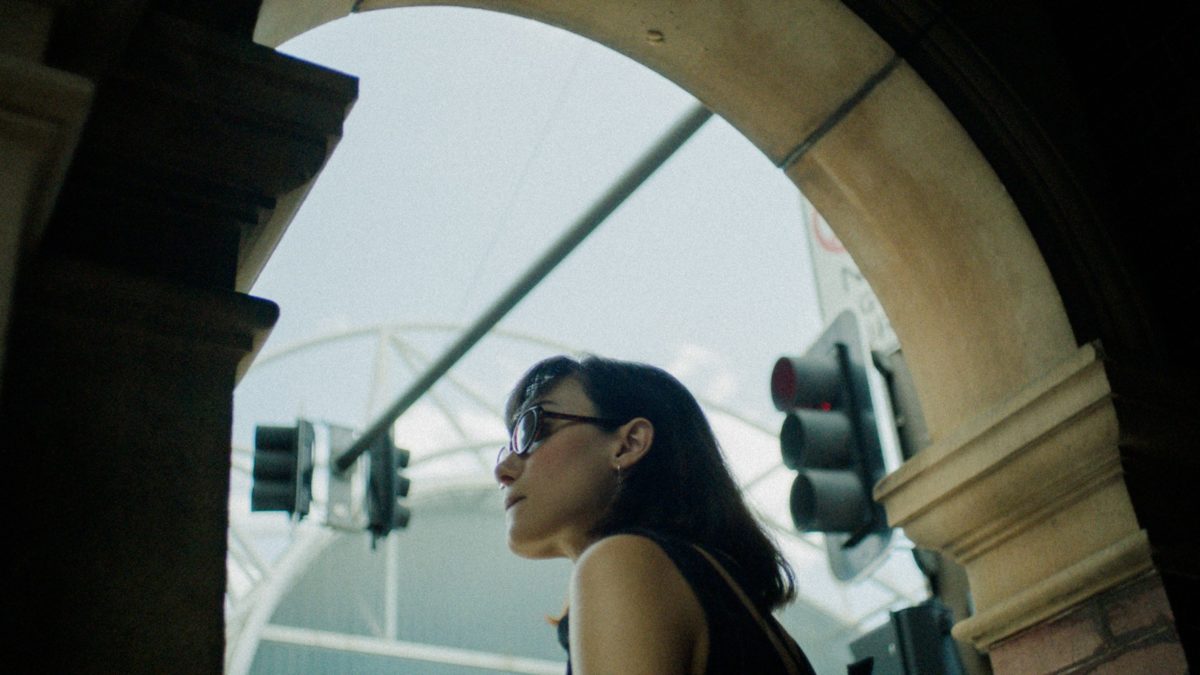
Really fucking funny before it turns truly frightening, teetering on the edge of violent outburst before you’ve any time to understand how we got here. At which point it only becomes funnier. Speaks multitudes about colonialism, land-theft, generational guilt by never once suggesting it’s about that. Looks better than any movie made on its scale should––plainly opulent color schemes, sharp compositions, shades of Heinz Emigholz and Straub. This isn’t higher only because I saw it almost two years ago, at which time I liked it so much I helped release it in the United States, and although I don’t work for that company anymore I’m willing to imply conflict of interest.
6. One Fine Morning (Mia Hansen-Løve)
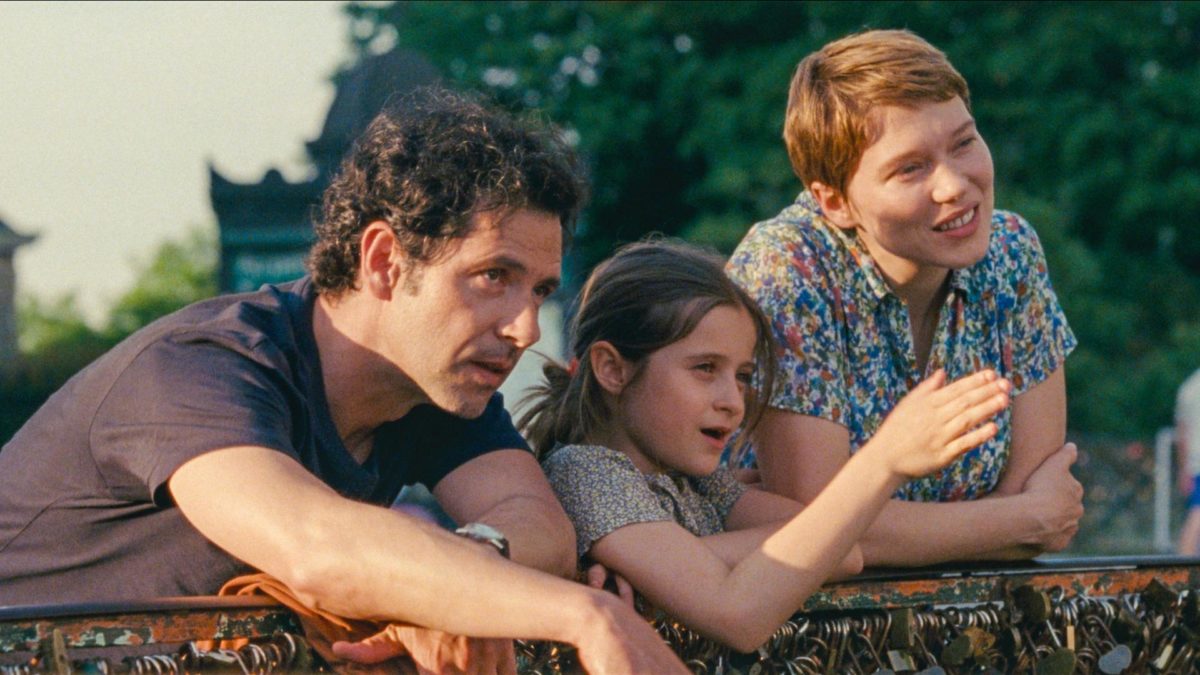
Hansen-Løve’s run of semi-autobiographical work is the nearest thing modern cinema has to a great ongoing novel. And if it’s easy to take for granted films that slightly suggest a part rather than whole, One Fine Morning marks as complete a vision of a worldview––life’s alternation of pleasure and indignity, triumphs betwixt despondencies––as this filmmaker’s yet managed.
5. For 13 Days, I Believed Him (Kiyoshi Kurosawa)
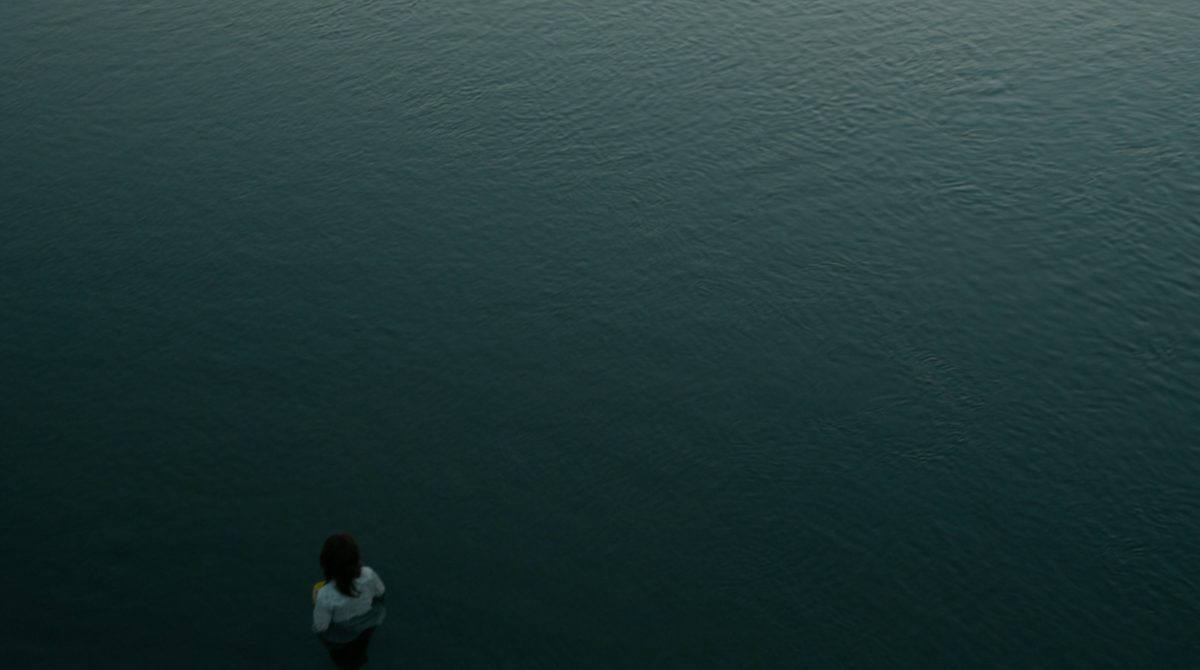
Produced as 40 minutes of streaming content for Amazon Prime, whose bankrollers likely didn’t consider the potential in signing checks for one of the greatest filmmakers who has ever lived. When the money comes from evil places it’s always a happy accident if anything of note ensues, which mustn’t suggest a single second of this is misapplied or ill-considered. A Kurosawa feature in miniature: malfunctioning homes, corporate misdeed, odd-angled romance, and––what else––ghosts. I didn’t rewind the centerpiece long take to appreciate its form but because I truly couldn’t understand how it was achieved. I still don’t.
4. Irma Vep (Olivier Assayas)
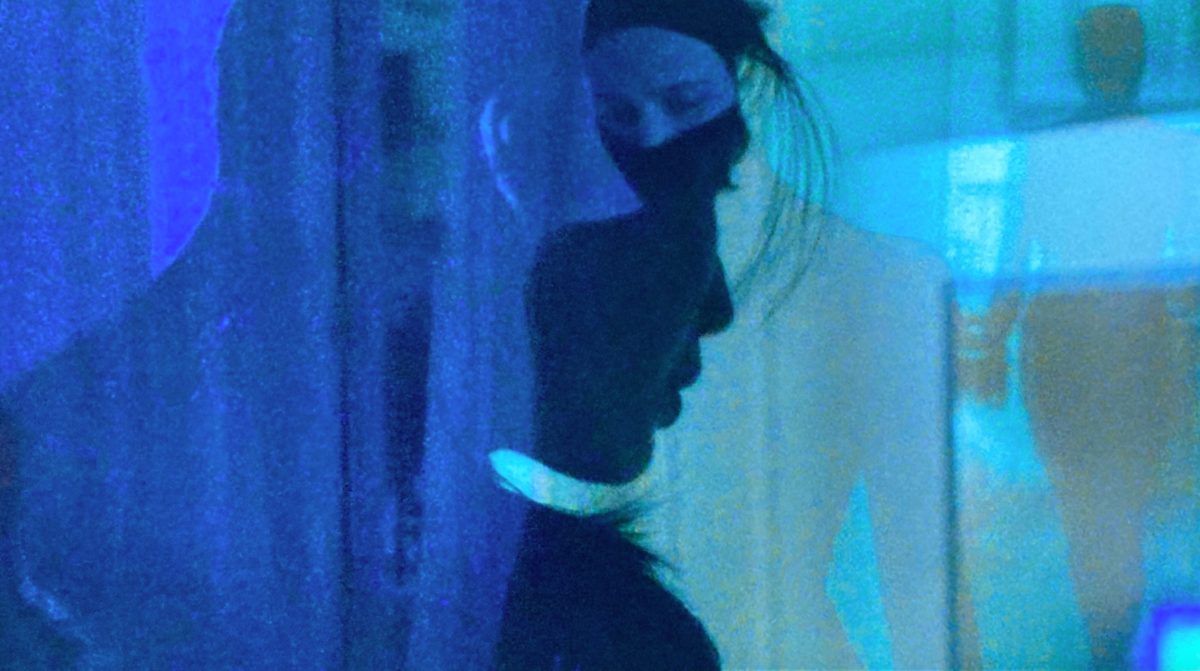
A film, admittedly a bit long, divided into eight parts. Whatever the inclination to say fixating on where or how it’s seen is a forest-for-the-trees folly, few things this year so concerned themselves with medium as message; I doubt anything was greater fun. More essential that it’s keyed to the thudding practicalities of making films: how (insurance, travel, trailers) why (or why not), and if (against the delusions and ahistorical hysterias of those who’d rather destroy than create). Exalting, blasphemous, delirious, an hours-long mea culpa, a proud stand, thorough and tender-hearted and self-lampooning in self-portrait. The rare career capstone of such vitality that it demands its artist only keep moving.
3. Beatrix (Lilith Kraxner & Milena Czernovsky)
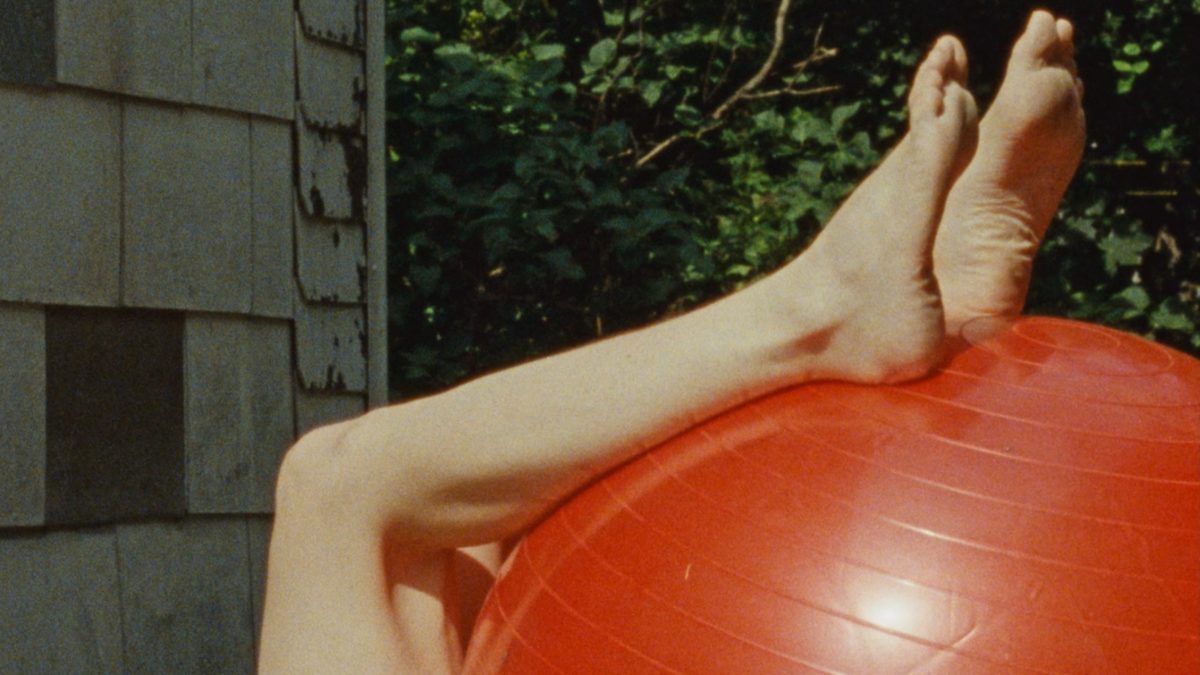
A 2021 premiere still lacking American release. But my screening at this year’s Art of the Real was one perfect revelation after another, and if no distributor’s ever going to buy something so superb this is the least bit of attention it could stand to receive. Engenders not-unfair comparisons to Akerman (what felt easy in March carries so much more significance after 2022), Schanelec, Martel, and (if you’re a real psycho) Nathalie Granger, though Kraxner and Czernovsky’s exchange between the macro scale of time, micro duration of individual shots, and incidents within each is sui generis, perpetually surprising, visually and aurally imprinted nearly 10 months on. A movie that actually breathes and has blood in its veins––well above most any brethren lucky enough to have a U.S. home.
2. Coma (Bertrand Bonello)
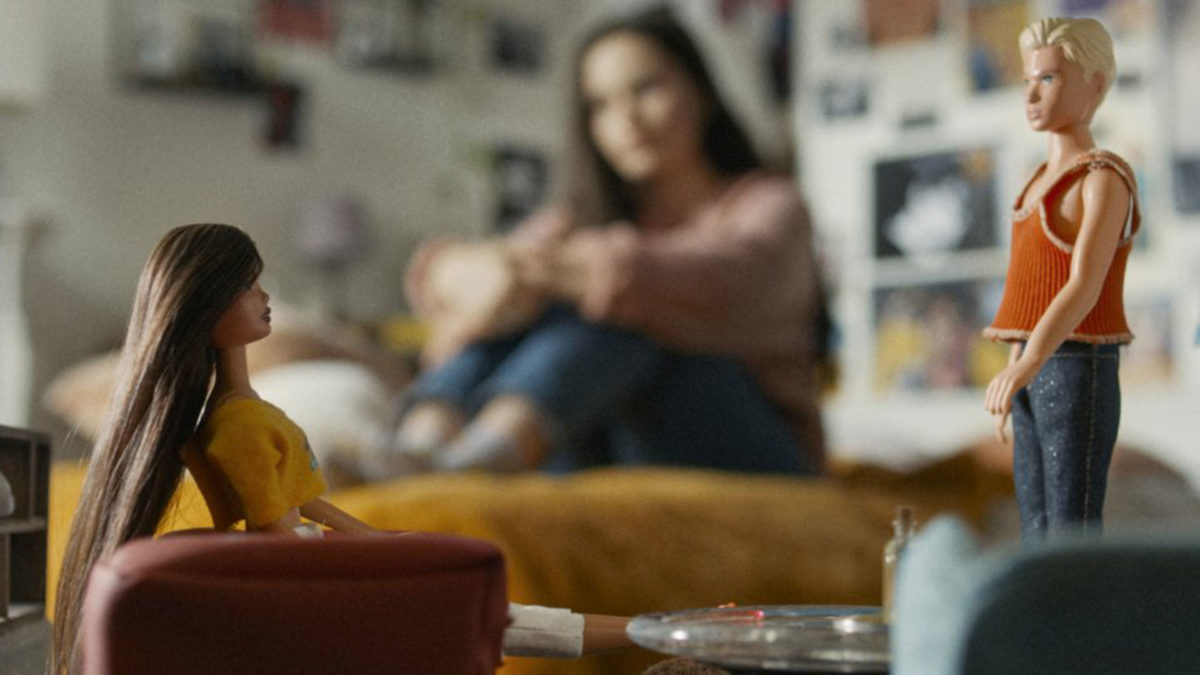
Far larger than any physical space would suggest––YouTube, FaceTime, and (in a sequence so frightening a little voice in me wants it to be forever deleted) Zoom as doors in the haunted house that is a teen girl’s room. A diary, a self-portrait, a letter from father to daughter, a statement on Where We All Are, an abstraction of each. Easy to forget contemporary cinema can still be so renegade, pensive, mournful, personal to such astonishing ends, so exceedingly elastic. I saw this twice––once on a TV, once in a large theater––eight months apart; it never felt less major in mind or practice.
1. The Plains (David Easteal)
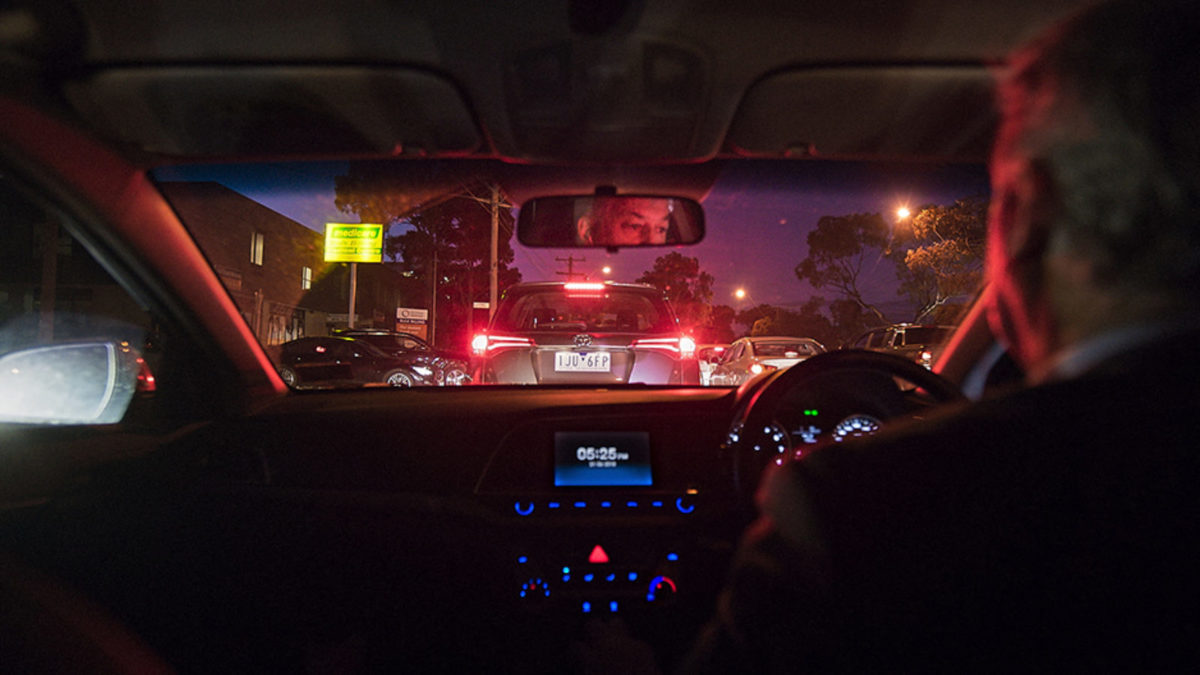
Even the more ignoble ways it might be described (“Hollis Frampton takes a road trip with James Benning!”) hardly encapsulate. This three-hour film––set primarily inside a car driven by a white-collar businessman on various trips from office to house––did more to stimulate, confirm, or recenter my appreciation for composition, sound, and editorial pace than seemed possible. Nor is anything more inspiring than its canny thesis that anybody can be an experimental director if they see our world as a wondrous blank canvas––evidenced, mainly, by this as the debut feature from a lawyer whose previously known filmography comprises three shorts produced between 2007 and 2015. Nothing about this movie, from its existence to landing here so definitively, makes exact sense, and if it’s hard not exalting The Plains in embarrassingly adjective-laden terms––hypnotic, revelatory, a miracle––I’ll key you into my realization that much of 2022 was chasing a possibility and discovery that might equal those three hours. Nothing did.
